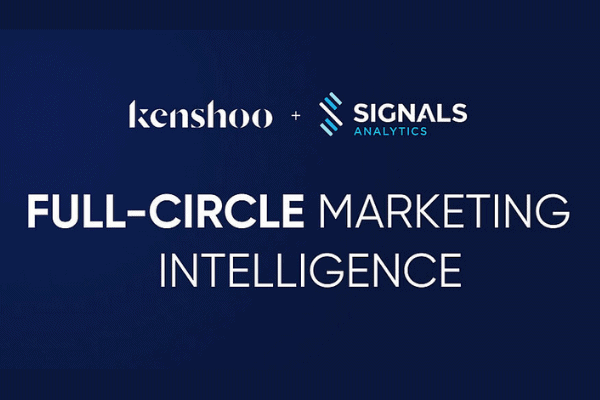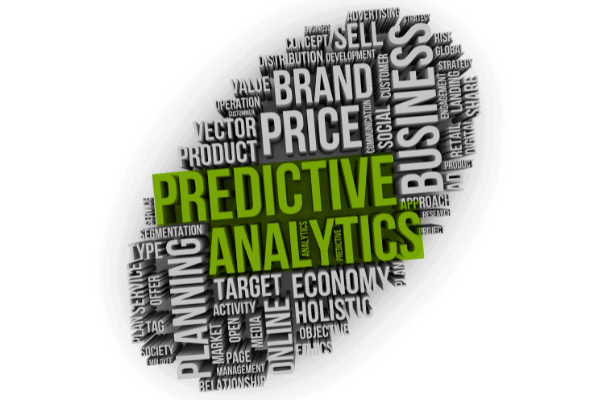Good CMI has an outsized impact on a company. According to a study by Harvard Business Review, of all the factors that were found to drive growth, none mattered more than the way a company handled insights and analytics. It boiled down to being able to deeply understand the customers’ needs and being able to fulfill them better than anyone else.
Transforming the world of consumer & market insights with advanced analytics
Until recently, a day in the life of a CMI executive consisted of manual sifting through multiple data sources to not only find the needle in the haystack in terms of an actionable insight, but also to figure out how a potential insight from one data source aligned with a potential insight from another data source. A big decision would have been whether to purchase a social listening platform, invest in a custom analytic project or commission a focus group study. Limited coverage would have led to suboptimal decisions, data silos meant that information was not reaching the different parts of the organization equally, time to insight was too long and the impact that the data could have was hamstrung.
With advanced analytics, the world of CMI is changing. And it is changing fast. Next generation platforms are converting broad, traditional market research into specific actionable insights that are germane to the organization.
Layering in the predictive elements, it is also possible to glean how consumers will react to potential new product offerings or marketing messages. For CMI executives, this is a giant leap in being able to tap into a broad range of data sources – voice of the consumer, key opinion leaders, product reviews, product listings on e-commerce sites, business updates and announcements and other signals of innovation – and have a broad view not just of specific category trends but of the overall market, opening up a completely new world of possibilities and opportunities.

Taken from the Food Market Overview, this analytic model explores category interactions to identify the influences that different categories have on one another based on consumer discussions. The thicker the line, the stronger the relationship. Detailed taxonomies identify the correlations based on product features and benefits, ingredients, tastes, textures, flavors and other product attributes.
Advanced analytics transforms the world of consumer market insights in four ways, collecting and classifying a wide range of data sets into a single source of truth:
- Scales access to constantly changing data sources and democratizes the available data throughout the organization;
- Delves into the why consumers buy not just what they buy in a way that is fact-based, not opinion-based, which is the key to creating strategies that will resonate;
- Makes access to actionable market intelligence a continuous and timely process that can galvanize new innovation;
- Provides visibility into macro trends as well as developments that affect specific categories, which comes from a full understanding of the market landscape, not just social listening.
Advanced analytics deliver consumer and market insights
Before Skai, Nomad Foods primarily leveraged traditional market research and social listening to inform its product decisions, which resulted in insights that were limited and dependent on the opinions of “analysts” and “experts” and were identified too late in the trend cycle to be actionable and valuable. There was increased interest in external data and a way to conduct consumer sentiment analysis around a host of variables that could inform multiple product lines.
By leveraging the insights gleaned from the Skai platform, Nomad was able to turn around several previously underperforming product lines by surfacing product claims that resonated best with changing consumer sentiments and successfully launched a new line of frozen pea-protein-based meat alternatives based on an analysis of consumer needs vs product availability.
————————————–
*This blog post originally appeared on Signals-Analytics.com. Kenshoo acquired Signals-Analytics in December 2020. Read the press release.





